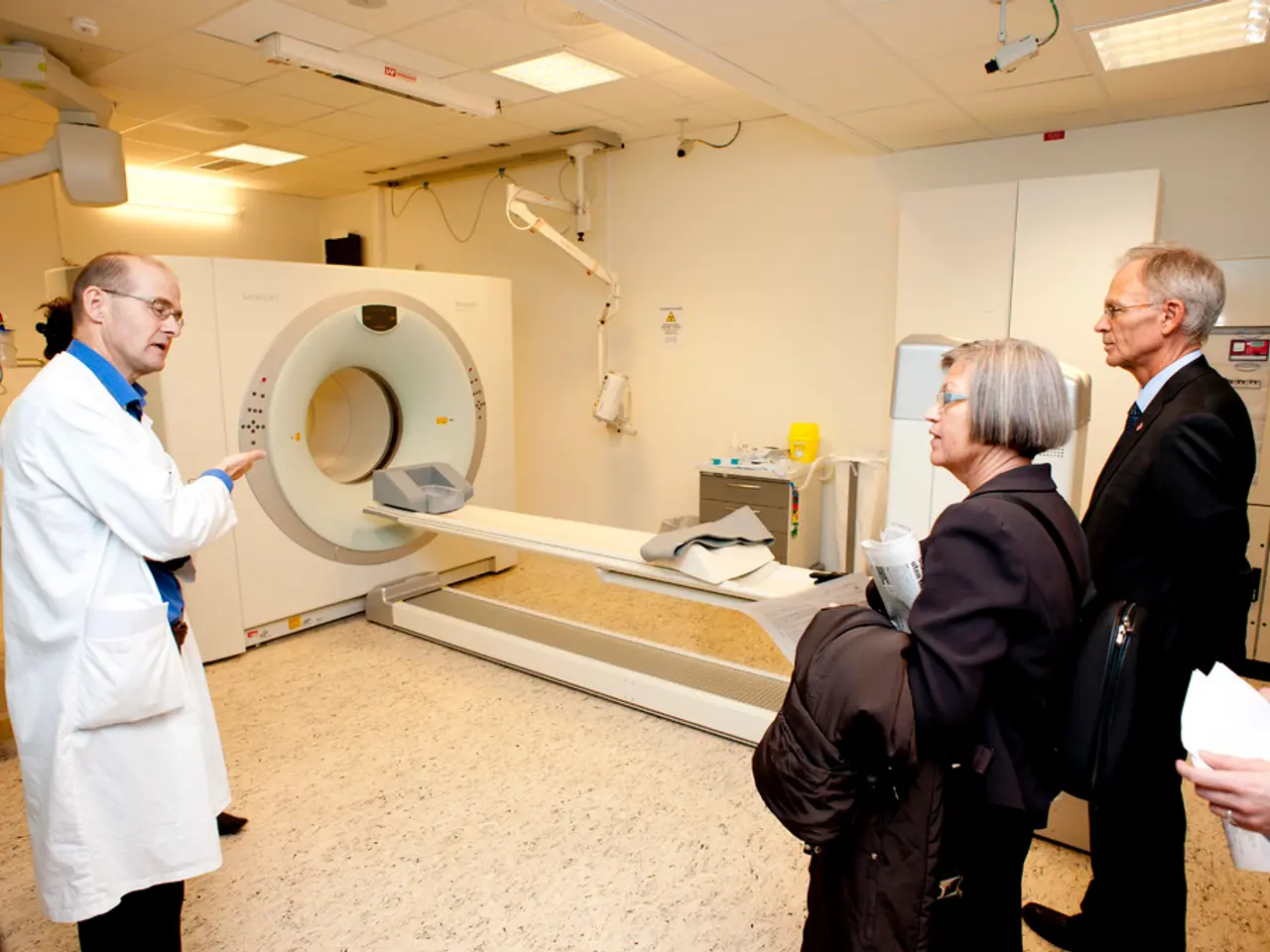Strengthening the Management of Cybersecurity Risks in Medical Devices by Leveraging Lifecycle Integration
=================================================================================
The management of cybersecurity risks at each stage of a medical device’s lifecycle is crucial for ensuring patient safety, regulatory compliance, and device security. This approach is based on guidelines from the FDA, ISO 14971, IEC 62304, and ANSI, among other regulatory bodies and standards.
1. Concept and Planning Stage
At the outset, a detailed cybersecurity strategy is developed, considering the device’s intended use, operating environment, and connectivity features. This helps identify exposure areas. A security risk evaluation is then performed to identify preliminary threats and vulnerabilities. Personnel responsible for cybersecurity activities are assigned, and a method for assessing risk likelihood, severity, and acceptability is defined. A threat modeling process is integrated to identify security objectives, risks, and vulnerabilities, aligning with FDA guidance.
2. Architecture and Design
Key security architectures and views are documented to inform threat modeling. A security risk assessment based on the architecture is conducted to identify potential risks. Secure software development lifecycle (SDLC) practices are begun, including the use of secure coding frameworks and setting secure development environments. Security controls and mitigation strategies are defined, informed by threat modeling and risk assessment.
3. Development
Identified security controls and mitigations are implemented during the development phase. Secure coding standards are applied, and static and dynamic code analysis tools are utilized. Security testing is conducted iteratively, and a secure development environment is maintained throughout coding and testing.
4. Verification and Validation
Penetration testing and vulnerability testing are conducted to verify security controls. All security controls are verified to function as intended. Cybersecurity documentation and labeling, including the Software Bill of Materials (SBOM), are validated, ensuring customers understand their security roles. Design validation includes cybersecurity considerations, especially regarding customer and IT staff responsibilities.
5. Regulatory Submission
Comprehensive cybersecurity documentation is submitted to regulatory agencies, including threat modeling reports, risk assessments, SBOM, security testing results, and mitigation strategies. The submission demonstrates a cohesive cybersecurity risk management approach integral to product safety and effectiveness.
6. Post-market Surveillance and Maintenance
Continuous monitoring for new vulnerabilities is essential using SBOM and other tools. Ongoing vulnerability and penetration testing are performed to detect emerging risks. Security updates and patches are implemented promptly to mitigate identified vulnerabilities. A process for timely reporting of security vulnerabilities to regulators and stakeholders is established. Maintaining ongoing risk assessment and updating mitigation strategies as necessary based on real-world feedback and threat landscape evolution is crucial.
This lifecycle approach integrates the FDA’s cybersecurity guidance, emphasizing threat modeling, risk management consistent with ISO 14971, IEC 62304, and ANSI standards. The Secure Product Development Framework (SPDF) and SBOM are central to attaining these goals during the design and development phase.
Key medical device cybersecurity risk management practices during the deployment stage include network security, proper configuration, interoperability testing, physical security, continuous monitoring, regular updates, incident response and recovery, user training and awareness, and vulnerability reporting and management. At the end of a medical device's life, sensitive, protected, and health data must be securely erased before disposal or refurbishment to prevent data from being accessed by unauthorized users or exploited by cybercriminals.
Vantage MedTech, an ISO 13485-certified company, provides product development services incorporating cybersecurity consulting to ensure Class I, II, or III devices are safe and meet every security regulatory requirement from inception to decommissioning.
- Medical product development in the field of medtech should include a comprehensive cybersecurity strategy from the concept and planning stage, considering the device's intended use, medical-conditions, and connectivity features.
- The identification of potential risks during the architecture and design phase requires a security risk assessment based on the device's architecture, aligning with FDA guidance and the Secure Product Development Framework (SPDF).
- At the development stage, secure coding standards are crucial for implementing identified security controls and mitigations, using static and dynamic code analysis tools.
- Health-and-wellness devices undergoing verification and validation must undergo penetration and vulnerability testing to verify security controls, including the Software Bill of Materials (SBOM).
- Post-market surveillance and maintenance should include continuous monitoring for new vulnerabilities and the rapid implementation of security updates and patches.
- In the news concerning medical devices, it's essential to have a process for timely reporting of security vulnerabilities to regulators and stakeholders.
- When dealing with chronic diseases or cancer treatments, bio and neurological-disorders focus areas, cybersecurity is crucial to ensure the security of medical devices and protect health data from cyber threats.




